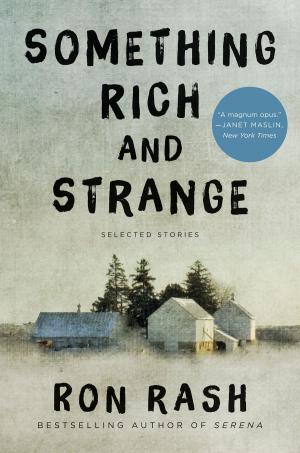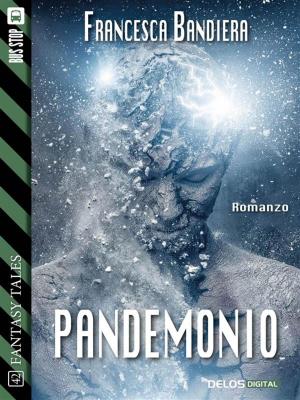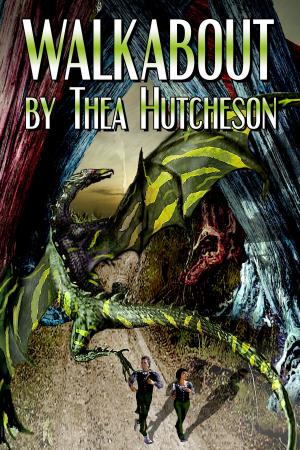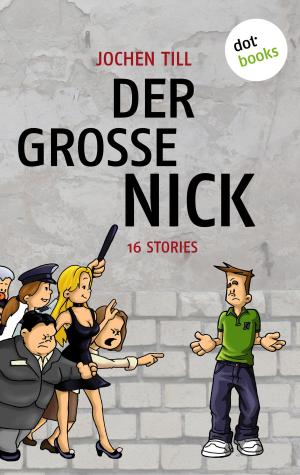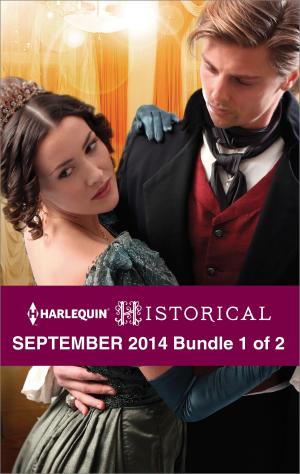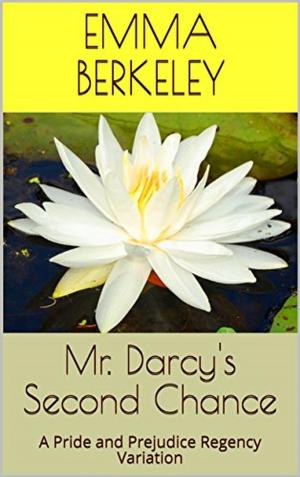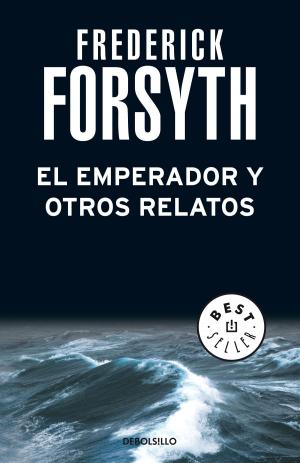| Author: | Clive Cooke | ISBN: | 9781301506439 |
| Publisher: | Clive Cooke | Publication: | June 3, 2013 |
| Imprint: | Smashwords Edition | Language: | English |
| Author: | Clive Cooke |
| ISBN: | 9781301506439 |
| Publisher: | Clive Cooke |
| Publication: | June 3, 2013 |
| Imprint: | Smashwords Edition |
| Language: | English |
This collection of thirteen short stories has diamonds as the common theme. The title is taken from the song “Diamonds Are a Girl’s Best Friend” made famous by Marilyn Munro in the film “Gentlemen Prefer Blondes”. Most of the stories are light and humorous.
In the first story, an idealistic young Englishman travels to Africa with the aim of helping his fellow-man. He meets two Europeans on the boat travelling to the same destination as his. The young man regards his fellow travellers old and cynical. However, he is about to learn the lessons of life for which his comfortable background did not prepare him.
The second story, set at the end of the 18th century, is a duel between an impoverished Venetian aristocrat and a money lender. Rank and breeding count for nothing as the aristocrat turns out to be as ruthless as the money-lender.
In stories three, six and nine we meet two apprentice crooks aged twenty four and twenty five. Jerry is the leader and Charlie is the follower. Jerry has a major personality problem while Charlie’s only defect is that he scores rather low on the IQ scale. The pair tries every stratagem to “get rich quick”. Their efforts meet with little success. The first story is inspired by the famous Redford-Newman film: “The Sting”, but in this version, the wrong people get stung.
The fourth story is a farcical tale about a brother and a sister competing for their inheritance. Their mother has collected diamond jewellery over many years and the collection is worth a small fortune. As she nears the end of her life, the two siblings try various strategies to get their hands on her diamonds.
The fifth story is set in Naples in the early nineteenth century. A servant girl in the employ of a jeweller saves her master from bankruptcy. However, she demands a high price for saving him.
The seventh story is an African version of Shakespeare’s “Merry Wives of Windsor”. A handsome bigamist marries three women at various times and places without going through the inconvenience of a divorce. He travels to Kimberley in the early days of the diamond rush in order to make his fortune. The three wronged wives are unaware of one another’s existence until meet when they book in to the same hotel in Kimberley.
The eighth story is about the discovery of alluvial diamonds on the banks of the Orange River in the Northern Cape. Who owns the land? Is it the farmer-settlers, the mining company or the descendants of the original inhabitants, the Khoi Bushmen?
The story “A Girl’s best Friend” advances the theory that we are closer to the animals than psychologists and men of religion would have us believe. How much of our behaviour is governed by instinct without us realizing it? Take Anthea Gibson for example, the most beautiful girl of her generation, and her choice of a husband.
Isotropy is the story about a gang of jewellery thieves based on the French Riviera.
“Switch”, is a farcical story about an employee at a wholesale diamond merchant who tries to steal from his company. His plan works perfectly, except that he makes the wrong “Switch”.
The last story is a novella, tracing the lives and times of successive owners of a fabulous diamond which has the unusual property of changing colour. The diamond was found by a Khoi Bushman and is used by him in “throwing the bones” or foretelling the future. He gives it to a tramp who is then murdered. The man who steals the tramp’s diamond himself meets a violent end. The diamond ends up in America during the prohibition era. It is given to a beautiful jazz singer as a present by a gangster. Later, the diamond is bought by a European aristocrat whose family is caught up in World War II. The diamond is stolen by the aristocrat’s two servants as they flee from the war. They catch a boat to Africa and the diamond eventually returns home. In the final scene, scientists subject the gemstone to various tests to try to discover the secret of how it is able to change colour.
This collection of thirteen short stories has diamonds as the common theme. The title is taken from the song “Diamonds Are a Girl’s Best Friend” made famous by Marilyn Munro in the film “Gentlemen Prefer Blondes”. Most of the stories are light and humorous.
In the first story, an idealistic young Englishman travels to Africa with the aim of helping his fellow-man. He meets two Europeans on the boat travelling to the same destination as his. The young man regards his fellow travellers old and cynical. However, he is about to learn the lessons of life for which his comfortable background did not prepare him.
The second story, set at the end of the 18th century, is a duel between an impoverished Venetian aristocrat and a money lender. Rank and breeding count for nothing as the aristocrat turns out to be as ruthless as the money-lender.
In stories three, six and nine we meet two apprentice crooks aged twenty four and twenty five. Jerry is the leader and Charlie is the follower. Jerry has a major personality problem while Charlie’s only defect is that he scores rather low on the IQ scale. The pair tries every stratagem to “get rich quick”. Their efforts meet with little success. The first story is inspired by the famous Redford-Newman film: “The Sting”, but in this version, the wrong people get stung.
The fourth story is a farcical tale about a brother and a sister competing for their inheritance. Their mother has collected diamond jewellery over many years and the collection is worth a small fortune. As she nears the end of her life, the two siblings try various strategies to get their hands on her diamonds.
The fifth story is set in Naples in the early nineteenth century. A servant girl in the employ of a jeweller saves her master from bankruptcy. However, she demands a high price for saving him.
The seventh story is an African version of Shakespeare’s “Merry Wives of Windsor”. A handsome bigamist marries three women at various times and places without going through the inconvenience of a divorce. He travels to Kimberley in the early days of the diamond rush in order to make his fortune. The three wronged wives are unaware of one another’s existence until meet when they book in to the same hotel in Kimberley.
The eighth story is about the discovery of alluvial diamonds on the banks of the Orange River in the Northern Cape. Who owns the land? Is it the farmer-settlers, the mining company or the descendants of the original inhabitants, the Khoi Bushmen?
The story “A Girl’s best Friend” advances the theory that we are closer to the animals than psychologists and men of religion would have us believe. How much of our behaviour is governed by instinct without us realizing it? Take Anthea Gibson for example, the most beautiful girl of her generation, and her choice of a husband.
Isotropy is the story about a gang of jewellery thieves based on the French Riviera.
“Switch”, is a farcical story about an employee at a wholesale diamond merchant who tries to steal from his company. His plan works perfectly, except that he makes the wrong “Switch”.
The last story is a novella, tracing the lives and times of successive owners of a fabulous diamond which has the unusual property of changing colour. The diamond was found by a Khoi Bushman and is used by him in “throwing the bones” or foretelling the future. He gives it to a tramp who is then murdered. The man who steals the tramp’s diamond himself meets a violent end. The diamond ends up in America during the prohibition era. It is given to a beautiful jazz singer as a present by a gangster. Later, the diamond is bought by a European aristocrat whose family is caught up in World War II. The diamond is stolen by the aristocrat’s two servants as they flee from the war. They catch a boat to Africa and the diamond eventually returns home. In the final scene, scientists subject the gemstone to various tests to try to discover the secret of how it is able to change colour.



